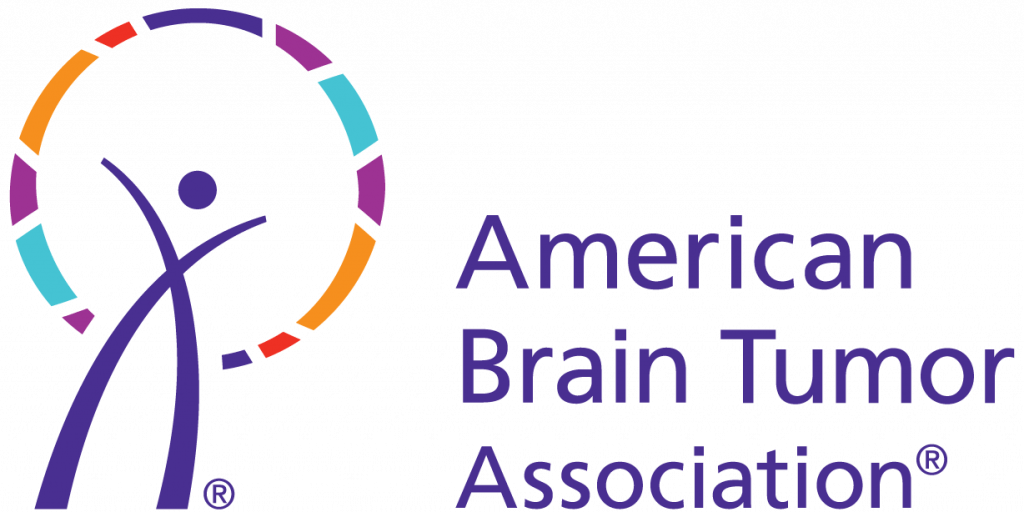A craniopharyngioma is a tumor arising from small nests of cells near the pituitary stalk. Craniopharyngiomas grow slowly and often become large before they are diagnosed. How malignant they are and how quickly they are likely to spread are unknown.
There are two types of craniopharyngiomas: adamantinomatous and papillary. Adamantinomatous craniopharyngioma occurs in children and tends to be less solid than papillary craniopharyngioma. Papillary craniopharyngioma occurs in adults and is a more solid tumor.
Location
Craniopharyngiomas occur in the sellar region of the brain, near the pituitary gland. They often located near the third ventricle, optic nerve, and pituitary gland.
Symptoms
Symptoms common to those diagnosed with craniopharyngioma include visual changes (usually due to pressure on the nearby optic nerve), endocrine changes (similar to pituitary tumors), headache, depression, weight gain, and nausea and vomiting.
Treatment
Surgery to remove the tumor is usually the first step in treatment. If hydrocephalus (excess fluid in the brain) is present, a shunt (drainage system) may be placed during surgery. The shunt will help remove excess cerebrospinal fluid from the brain and ease the pressure.
Radiation therapy may be suggested if all visible tumor cannot be removed. In children younger than three, radiation may be delayed by the use of surgery or hormone therapies.
Craniopharyngiomas tend to be located near the pituitary gland, and pressure on this gland can cause hormone imbalance. To ensure the best outcome, an endocrinologist (a doctor trained to treat hormone imbalances) may work with the treatment team to develop a long-term care plan.
People with BRAF-mutant tumors may benefit from targeted therapy.
Prognosis
Prognosis means a prediction of outcome. This information is usually based on information gathered from groups of people with the same disease. It is important to remember these statistics are not individualized.
The 10-year relative survival rate for craniopharyngioma by age group are as follows:
- Children (ages 0-14): 92.8%
- Adolescents and Young Adults (ages 15-39): 88.0%
- Adults (ages 40+): 72.7%
About half of all patients experience tumor recurrence within 10 years.
Incidence
Over 600 people are diagnosed with a craniopharyngioma in the US each year. Craniopharyngiomas represent approximately 1-3% of all primary brain tumors diagnosed. They are more common in African Americans.
Age Distribution
Craniopharyngiomas account for about 4% of all childhood brain tumors. They tend to be found in two age groups: children aged 5-14 and adults between 50-75.
Risk Factors
There are no known risk factors for craniopharyngioma.
Molecular Profile
Molecular profiling is the detection of specific genes, proteins, or other molecules in a tumor. This information helps confirm tumor diagnosis, inform treatment options, and predict prognosis.
Molecular markers common to adamantinomatous craniopharyngiomas include Wnt-signaling pathway activation and CTNNB1. Markers common to papillary cranipharyngiomas include the BRAF V600E mutation.
Additional Resources
Content last reviewed:
Jan 2023 by Navid Redjal, MD, FAANS




